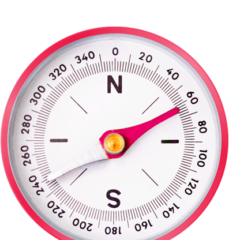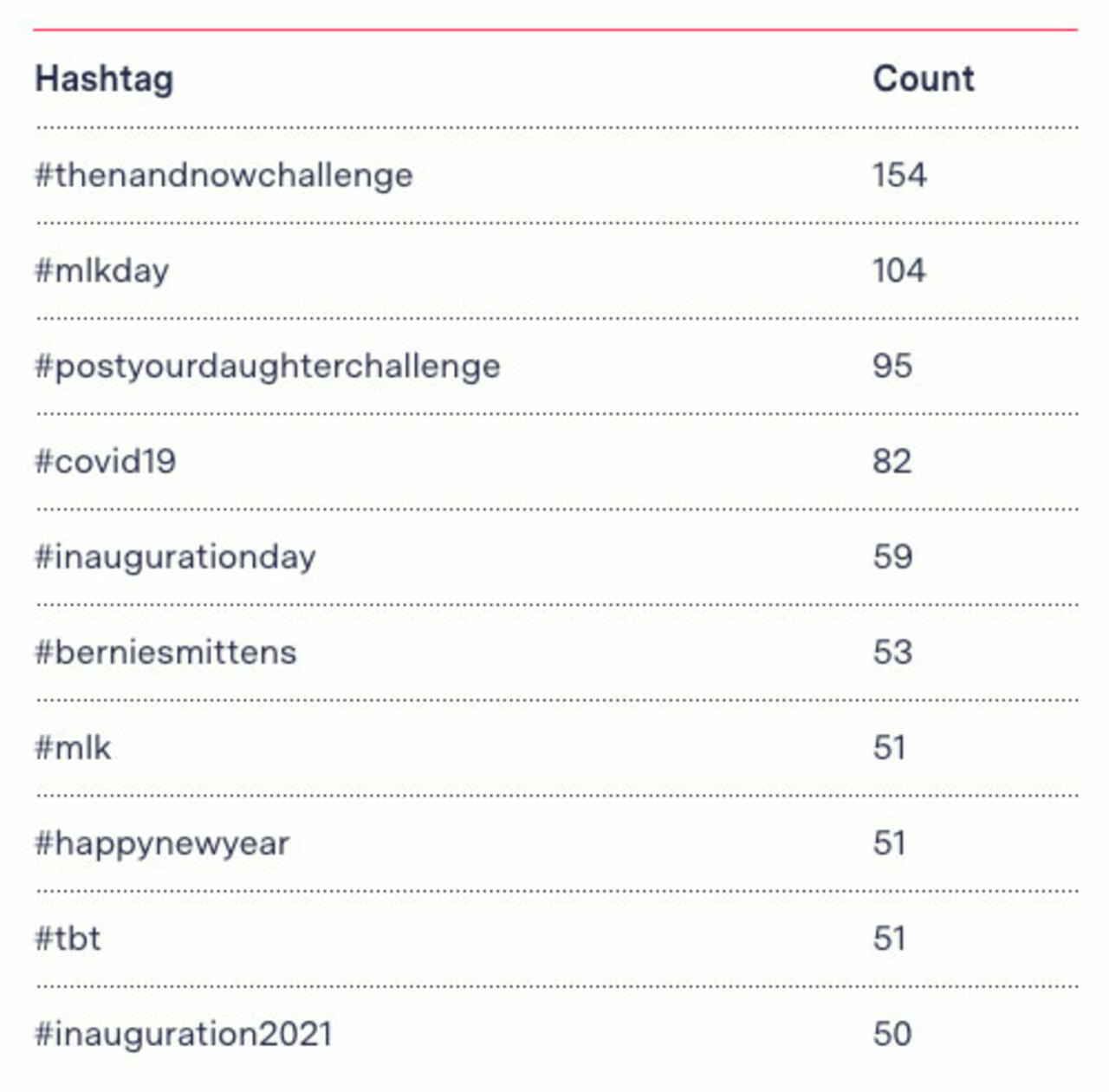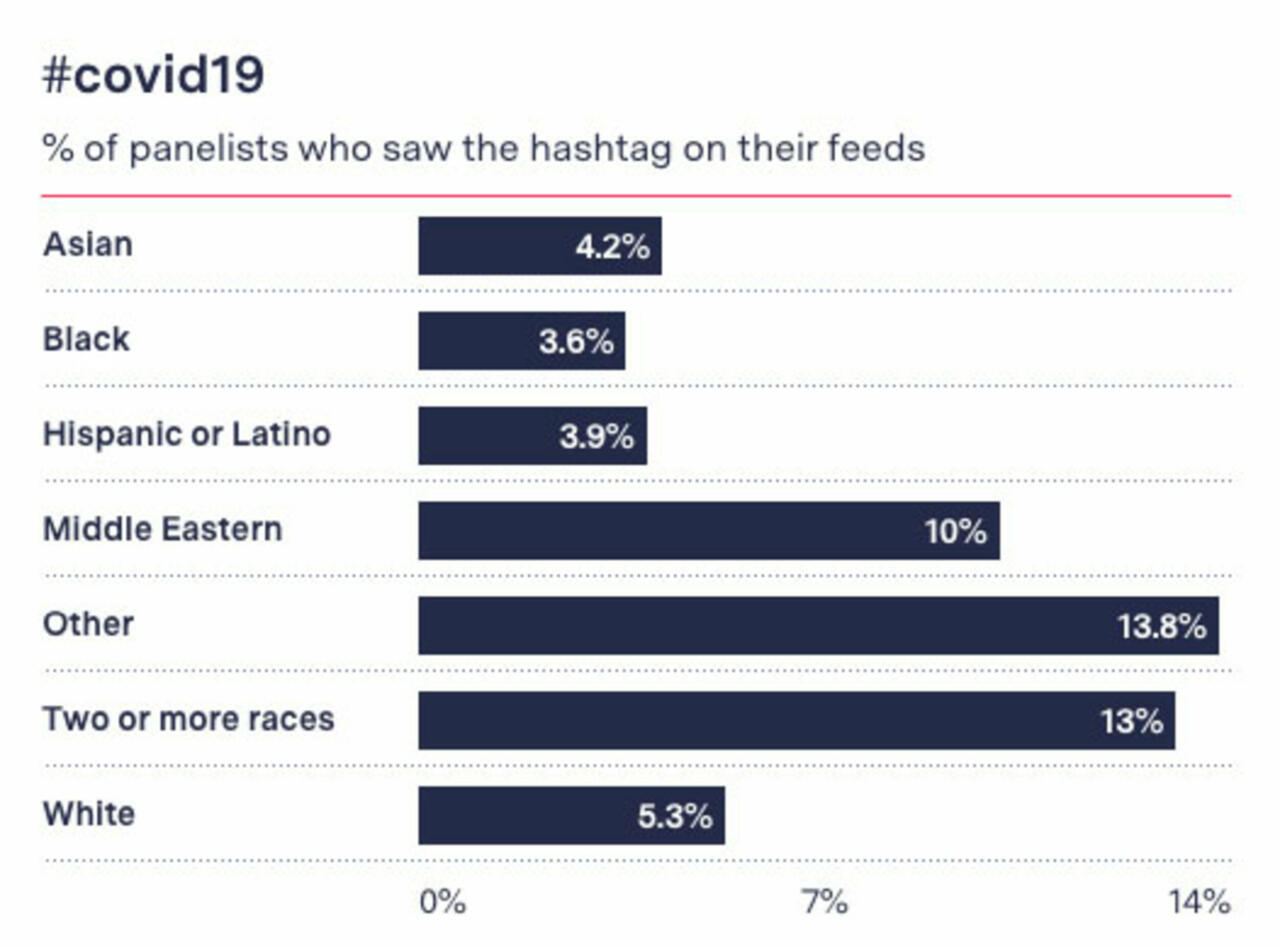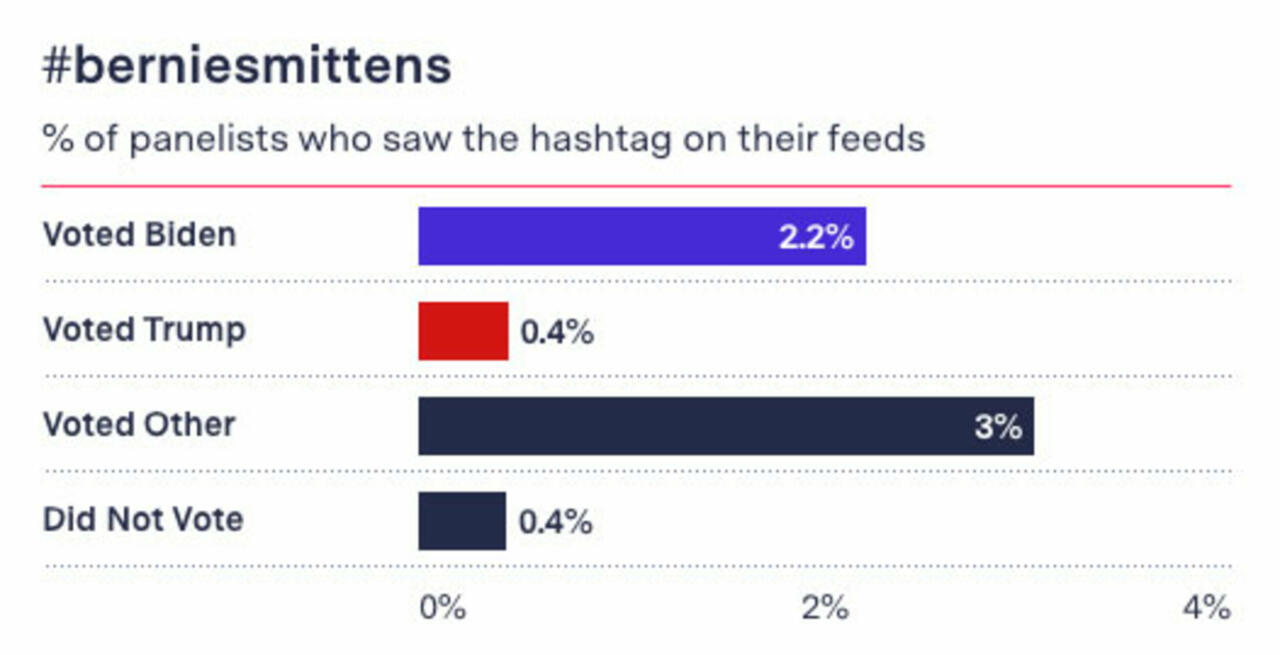On some platforms hashtags are everything. Twitter first implemented them in 2007 after a user pitched the idea to one of the co-founders, and since then they’ve become synonymous with a certain style of discourse on the fast-moving, conversation-oriented platform. Instagram makes heavy use of hashtags too, and TikTok’s algorithms rapidly adjust to show users more content with hashtags from videos they’ve previously watched.
Hashtag functionality, I was surprised to learn, has been enabled in Facebook since as far back as 2013. Hashtags generally don’t play such a big a part in Facebook culture, perhaps because Facebook heavily pushes Groups as a way for users to find others with similar interests—for more on this, see our story on political group recommendations—but as with other platforms, a hashtag embedded in any post on Facebook becomes a hyperlink to a page of other posts that use the same hashtag.
The data we collect through Citizen Browser includes details of any hashtags embedded in posts shown to our cohort of panelists, so we took a peek into the data to see what was there.
On Feb. 1, we collected all posts in our dataset from the month of January that contained hashtags, effectively covering all of 2021 so far. The table below shows the top 10 hashtags from posts that appeared in our panelists’ news feeds in that time period, and the number of users that saw them. Overall, the inauguration, Martin Luther King Jr. Day, and New Year’s hashtags dominated.
Since panelists provide The Markup with some demographic information when they sign up to be part of the Citizen Browser project, we can also break down hashtags by the demographics of the users who saw them.
For example, here are the demographics of user accounts for which the #covid19 hashtag appeared somewhere in the news feed. The length of each bar represents the number of users from a demographic that were shown the hashtag, as a percentage of the total number of people from that demographic in our dataset.
Exposure to the hashtag was proportionately higher among people who chose “Other,” “Middle Eastern,” or “Two or more races,” but the number of panelists in these categories is far smaller than the number of White, Latino, Asian or Black panelists, so data is unlikely to be statistically significant. Overall, it seems, all demographics in our sample were shown the #covid19 hashtag, except people of Native American heritage (another group for which our data is sparse).
The breakdown’s a little different for #berniesmittens (in case you missed it, a reference to the viral buzz around Bernie Sanders’s inauguration outfit). According to our demographic information, memes about the Vermont senator’s comfy handwear appeared proportionally more in the feeds of male panelists than female, and most commonly in the feeds of those in the 41 to 50 and 51 to 60 age brackets.
In terms of political alignment, less than 0.5 percent of Trump voters on our panel were shown posts with the hashtag, compared with more than 2 percent of Biden voters. Proportionally, people who voted third party were most often exposed to the hashtag, though the sample size of this group in our panel is also relatively small.
Political Hashtags
Another interesting class of hashtags are those that express a clear political sentiment. Here are the top ideological hashtags from our dataset:
The #maga hashtag was seen more often by Trump voters in our panel than Biden voters, as one might expect, but proportionally it was seen by more non-voters. The racial distribution is roughly even, with many Asian, Latino, and Black users seeing the hashtag. But in age categories, no panelist under the age of 36 in our sample was exposed to it. (We should keep in mind that the number of panelists exposed to this hashtag was relatively small, so the results may not indicate a general trend.)
The hashtag #blacklivesmatter, associated with a more liberal/progressive audience than #maga, was shown to few Trump voters but was also shown to a higher proportion of non-voters and those who voted for third-party candidates. In terms of racial groups it appeared proportionally more in the feeds of people of two or more races—though there are a relative small number of them in our total sample—and by age, skewed much younger than those shown #maga. The hashtag did not appear in the feed of any panelist in the Latino, Middle Eastern or Native American racial demographic.
When presented with our findings, Facebook did not respond to a request for comment.
Though we can’t claim that this data shows trends that would hold across all of Facebook, it’s a unique insight into how hashtags are used on the platform and the way different topics are broadcast to different demographics—both through expressed interest and through algorithmic sorting.
Outside of Facebook’s own data, it would be hard to see these patterns anywhere other than through Citizen Browser. And that’s a #fact.
Thanks for reading,
More From Citizen Browser
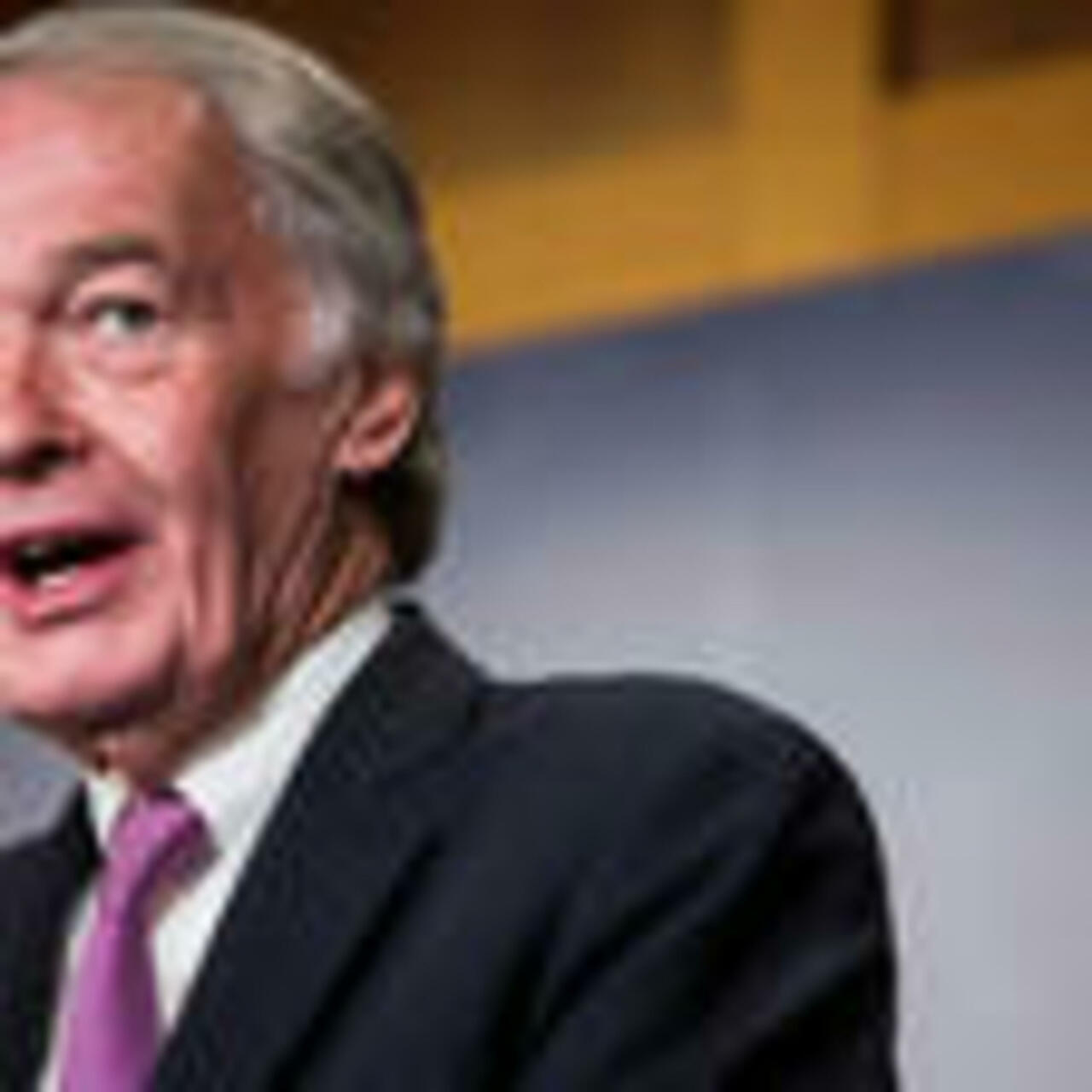
Lawmaker Questions Facebook on Broken Election-Related Promise — themarkup.org
Following an investigation by The Markup, Sen. Ed Markey is asking for answers on why Facebook failed to stop recommending political groups

How We Built a Facebook Inspector — themarkup.org
The Citizen Browser project seeks to illuminate the content Facebook elevates in its users’ feeds
